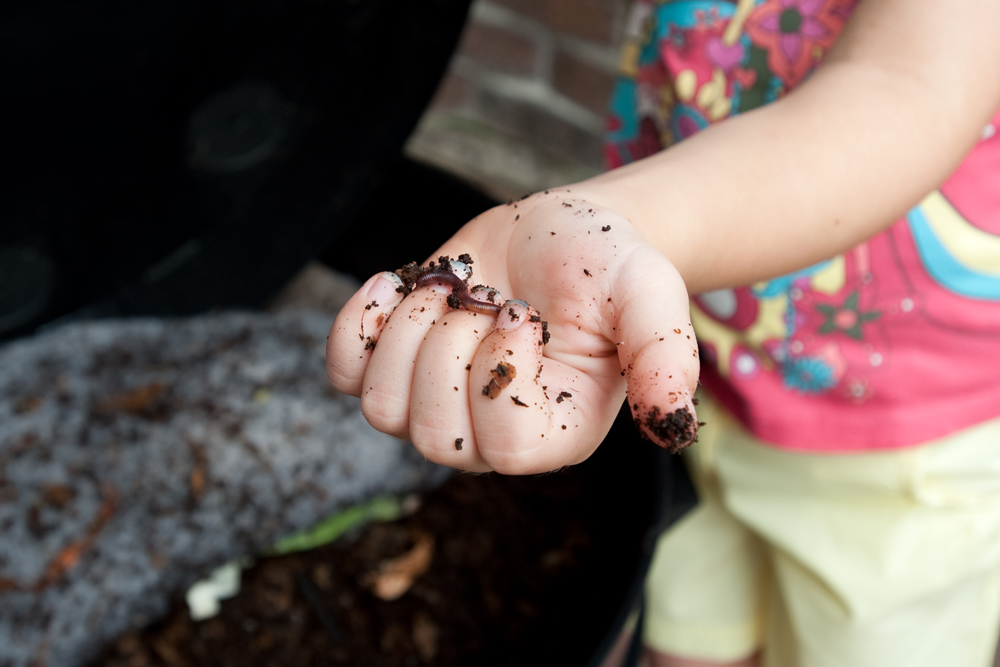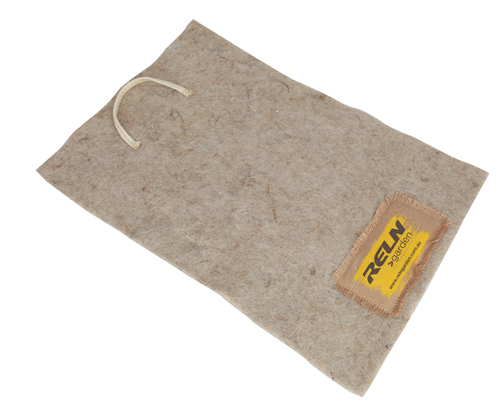
Sponsored article
Worm farms are a fantastic way to recycle kitchen scraps while making nutritious food for your garden. But as the seasons change, it’s important to check your worm farm and make adjustments as required.
When conditions are maintained at optimum levels, your worms will come right up to the surface and work efficiently to create rich organic fertiliser.
As the temperature increases, keep an eye on your worm farm and adjust feeding and moisture levels to ensure the worms stay healthy and productive.

Top 7 Worm Farm Tips for Spring
1. Avoid hot sun – Composting worms love warmth, but the hot afternoon sun can be very dangerous to their health. Composting worms are happiest when the temperature of their bedding is between 18 and 25 degrees Celsius. As the season progresses, move your worm farm to a place that is shaded in the afternoon.
2. Increase food intake – Worms become more active in worm weather, so you will need to feed them more. Ensure you are giving them a good variety of food scraps, and chop them finely if possible to make food easier to digest.
3. Flush and drain – Maintain moisture levels by watering the worm farm once a week. Position a bucket underneath the tap and open the valve, then pour water through the bedding using a watering can.
4. Retain moisture – Lay a worm blanket over the bedding in the top tray to reduce the amount of moisture lost through evaporation and maintain the ideal temperature. If you already have a worm blanket, check its condition in case it needs to be replaced.
5. Add conditioner – Enhance the environment of the worm farm by adding worm farm conditioner. This encourages the worms to eat faster and produce more castings and worm tea for the garden. Reln Garden Compost and Worm Farm Conditioner also helps neutralise acidity and balance pH levels, and is made from natural minerals so your worm tea and castings are safe to use on vegetable gardens.
6. Dilute worm tea – When applying worm tea to your garden, water it down to the colour of weak tea to ensure plants are receiving the correct amount of nutrients. Use it when it’s as fresh as possible.
7. Dig in castings – To make best use of worm castings, mix them into the soil of a new garden bed before adding plants. Alternatively, dig small amounts of castings into the soil around the drip line of fruit trees or plants in established gardens.


